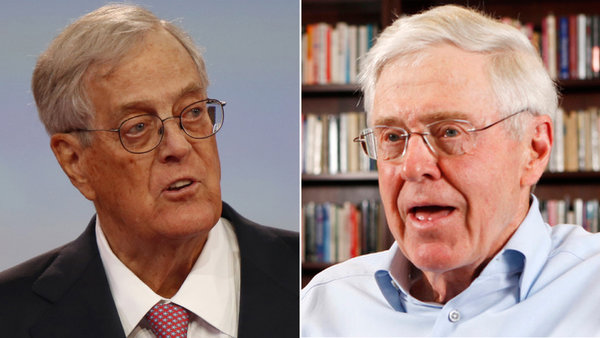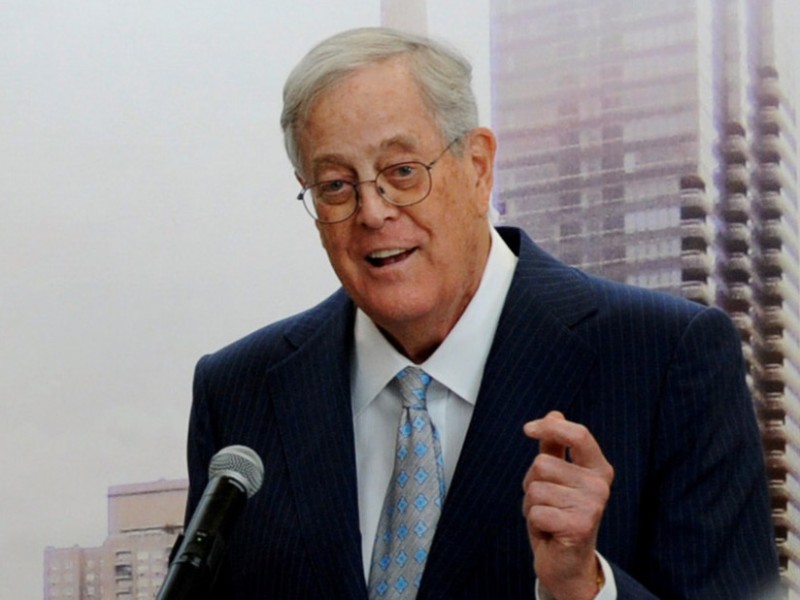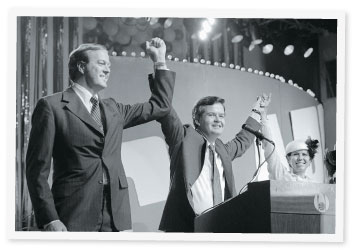March 5, 2011- The protesters who camped out in the Wisconsin Capitol building in Madison for nearly three weeks hung a handwritten placard over the marble bust of Robert La Follette, the state’s titan of progressivism.
“What Would Bob Do?” it begged, a plaintive appeal to recall the state’s history on the forefront for workers’ rights as the protesters try to fend off Scott Walker, the new Republican governor, who insists that he will not compromise in his bid to all but eliminate collective bargaining for public unions.
A particular indignation inflects the chanting of the protesters, who had taken over the Capitol before a judge ordered them to leave Thursday: How could workers’ rights be on the line here, of all places — the state that was the first to establish workers’ compensation and unemployment insurance, the birthplace of the American Federation of State, County and Municipal Employees, the giant public employees’ union?
But that history tells only part of the story. In Wisconsin, and the Midwest more broadly, there has long existed a tension between those who would expand workers’ rights and those who believe that they are the impediment to prosperity. The region has been the model as much for anti-union campaigns as it has been for workers’ rights.
And the events in Wisconsin have often had consequences for the rest of the country. For instance, when Wisconsin gave public employees the right to collectively bargain in 1959, the state was on the cutting edge; President John F. Kennedy soon extended the same benefit to federal workers. Ronald Reagan, as governor of California, also gave state employees that benefit.
But Wisconsin was also the first state to rein in the power of unions, the result of a pushback from conservatives who believed that the federal Wagner Act, which required employers in the private sector to recognize and collectively bargain with unions, had been too generous. In 1939, the state passed a bill that presaged the Taft-Hartley Act, the federal law enacted in 1947 that prohibited many strikes and proscribed picketing, and allowed states to pass right-to-work laws against closed union shops.
One of the key authors of that federal legislation was the chief of labor relations at Allis-Chalmers, a Milwaukee-area farm equipment and machine manufacturing company that had fended off an epic strike earlier that year. Now the nation is watching to see which side wins in the battle between Mr. Walker and the flood of unions, local and national, that has surrounded the Capitol to fight him.
“The play by the governor is part of a longer history and a longer struggle over ideas and social policy,” said Rosemary Feurer, a labor historian at Northern Illinois University. “When I see this I think, history doesn’t repeat itself, but it sure does rhyme.”




'NYT: Wisconsin’s Legacy of Labor Battles' have no comments
Be the first to comment this post!